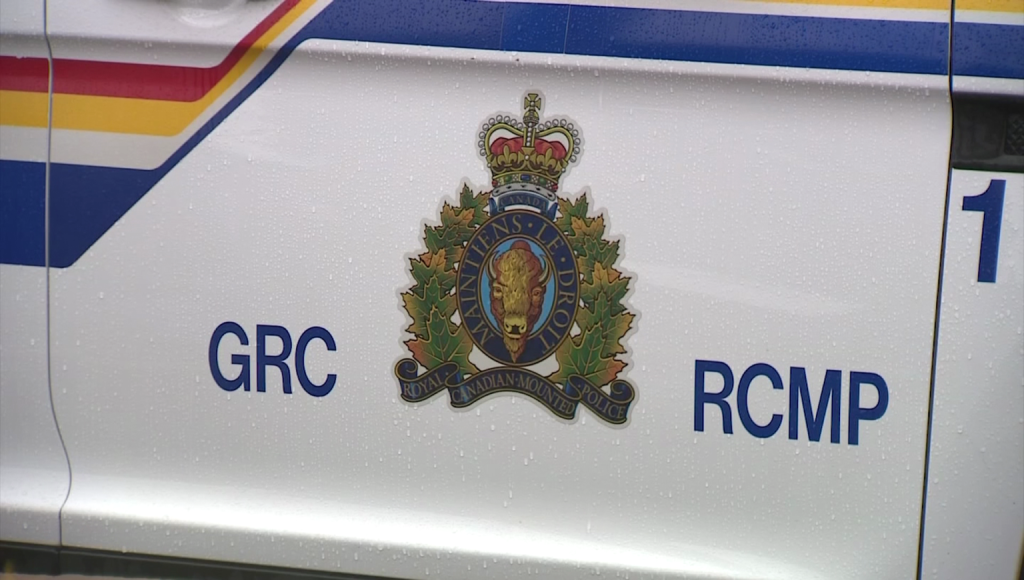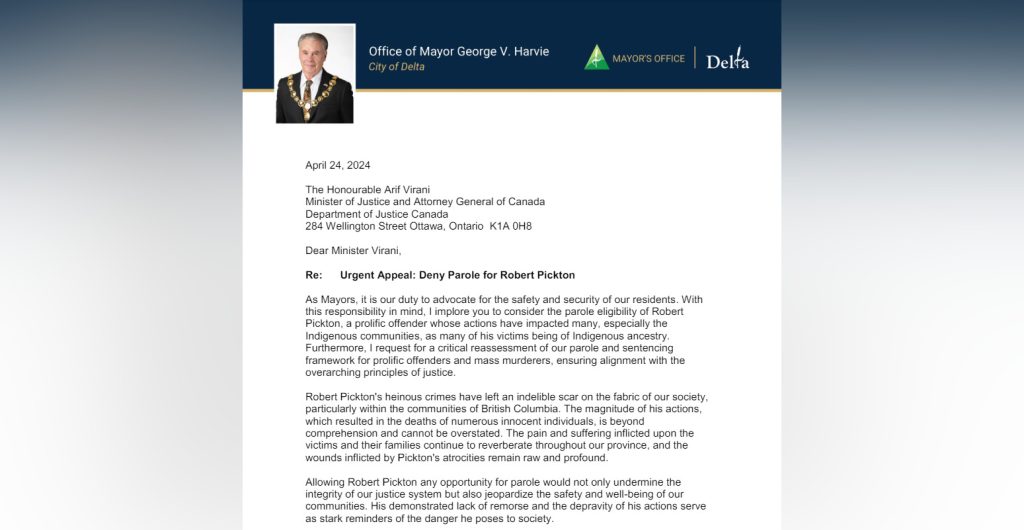10 things you should know about the Transportation Safety Board report
Posted May 18, 2017 12:54 pm.
Last Updated May 18, 2017 2:20 pm.
This article is more than 5 years old.
HALIFAX – Ten things you should know about the Transportation Safety Board report on the 2015 crash landing of Air Canada Flight 624 at Halifax Stanfield International Airport:
1. Multiple factors were to blame, including approach procedures, poor visibility and airfield lighting.
2. The auto pilot was set at the correct angle of descent, but the pilots did not notice the plane was pushed off its flight path by wind.
3. The pilots were slow to recognize the plane was too low because of “plan continuation bias.”
4. Air Canada procedures did not require the flight crew to monitor the aircraft’s altitude and distance to the runway.
5. The crew requested that runway lights be adjusted to their maximum setting, but the controller was “preoccupied” with snowplows and other aircraft.
6. During the crash landing, the captain and co-pilot struck the glare shield with their heads because their shoulder harnesses never locked in: “The glare shield had corresponding dents from the head impacts.”
7. The captain was diagnosed with obstructive sleep apnea in 2009, and he was at risk of fatigue related to chronic sleep disruption, but there was “no indication” fatigue played any role in the crash.
8. Most of the passengers’ injuries “were consistent with their having jackknifed at the lap belt and flailing forward due to longitudinal forces, then striking either the back of the forward seat or another surface, or both.”
9. One passenger held an infant with both arms, and both “had injuries consistent with hitting the back of the seat in front.”
10. Stranded passengers were not retrieved from the freezing tarmac for 50 minutes because of multiple factors, including the severe weather, the failure of standby generators, the loss of the airport operations radio network, and the lack of arrangements for the dispatch of transportation vehicles.










